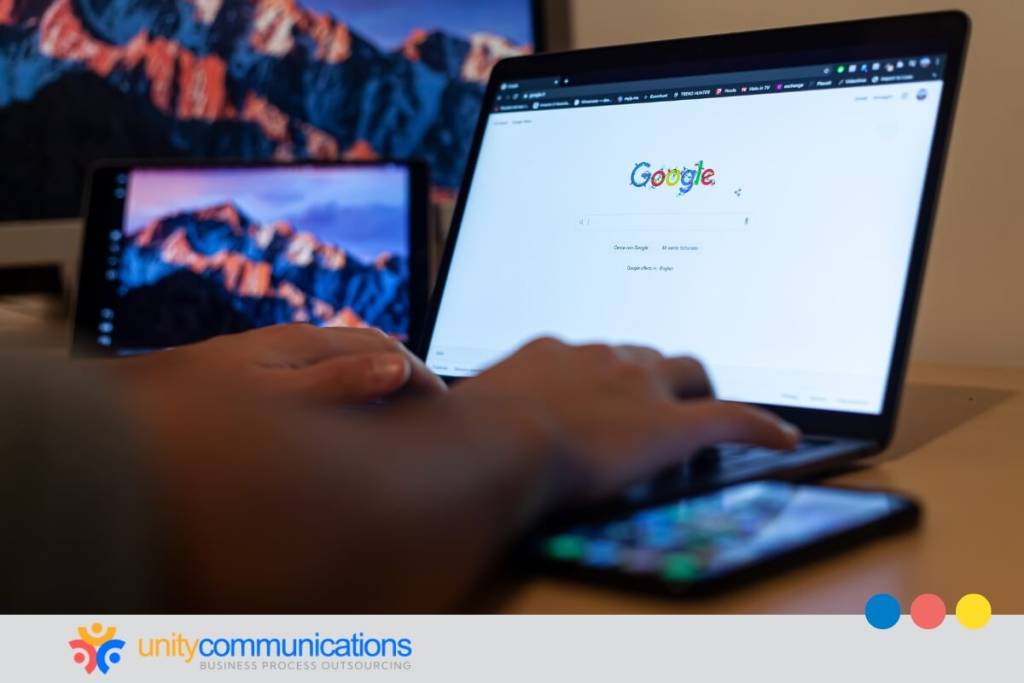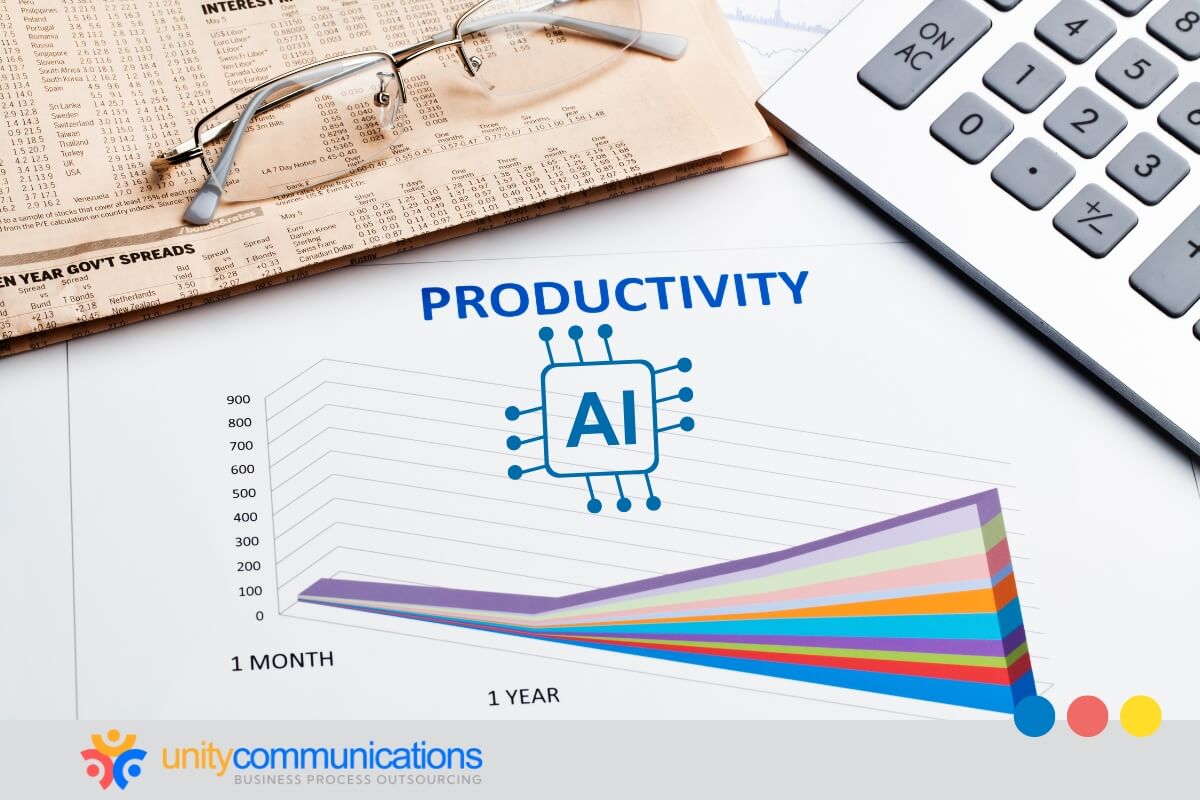Google has launched Veo 3, a new artificial intelligence (AI) model that generates ultra-realistic audiovisual clips. This is a significant advancement for content creators and digital advertisers.
But as the excitement grows, so do the warnings from misinformation watchdogs, users misled by Veo 2 labels, and professionals concerned about how AI might affect jobs in video production outsourcing.
A leap in AI-generated audio-visuals
Announced on June 9, Veo 3 builds on the earlier Veo 2 model and is now integrated into Google Vids. It allows users to generate 8-second clips with realistic visuals and synchronized audio. Veo 3 supports prompts that produce safety training messages, product demos, or employee announcements, all at 720p and 24fps in a 16:9 format.
Integrated into the self-serve creative platform streamr.ai, Veo 3 also empowers small businesses and nonprofits to launch cinematic-quality connected TV (CTV) ads at a fraction of the usual production time and cost. For example, AdGood, a nonprofit CTV ads manager, uses the tool to help charities access premium ad slots that were previously out of reach.
Mislabeling allegations and access controversy
However, Google’s rollout has not been without controversy. Numerous users reported being misled into subscribing to Veo 3 under Google’s Gemini AI Pro and Ultra plans, only to discover they had access only to Veo 2, especially in countries where Veo 3 isn’t yet supported. According to Reddit threads and tech news outlets, refunds have often been denied, raising allegations of deceptive practices.
Meanwhile, a Time investigation revealed that Veo 3 can generate highly realistic yet misleading clips, such as fabricated footage of civil unrest or doctored news events. While Google added a small visible watermark after backlash, experts say it’s easily removed, and the default invisible SynthID marker remains inaccessible to the public, pending the release of a detection tool.
Implications for video production outsourcing
The rise of Veo 3 and similar AI tools is shaking up the video production outsourcing landscape. AI can now handle tasks that once required skilled human input, such as voice-overs, scriptwriting, and rough cuts, slashing turnaround time and costs. Agencies that once outsourced editing, voice acting, and basic animation to BPO partners in markets such as the Philippines and India might now rely more on AI tools for rapid delivery.
But human creativity still holds its ground. Complex storyboarding, nuanced editing, and emotionally resonant scripting remain beyond AI’s reach, ensuring that while outsourcing will evolve, it’s unlikely to disappear. The balance is shifting, and for BPO firms and creatives, adapting to this new AI-assisted terrain is essential.
As Veo 3 blurs the line between real and synthetic video, the challenge isn’t just technical but also ethical. How platforms and creators respond could define the future of visual media.
Read more Unity Communications and industry news on our main BPO News page.
Roman, D. (2024, March 4). How AI is changing the video production game. WeAreBrain. Retrieved June 17, 2025, from https://wearebrain.com/blog/ai-changing-video-production/
Carlton, T. (n.d.). The Benefits of AI in Video Production: Why It’s a Game-Changer. Bottle Rocket Media. Retrieved June 17, 2025, from https://bottlerocketmedia.net/the-benefits-of-ai-in-video-production-why-its-a-game-changer/







